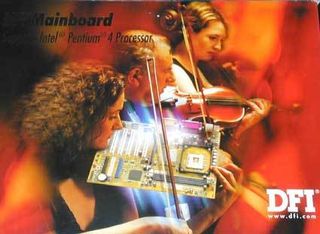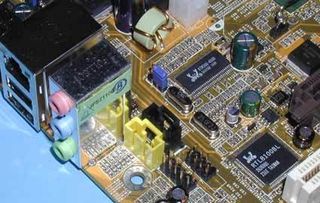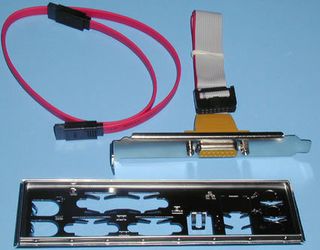Pentium 4 with Dual DDR: Endurance Test of Seven Motherboards with the Granite Bay Chipset
DFI NB80-EA

Board Revision: ?
BIOS Version: November 13, 2002
With 3059 MHz, the NB80-EA is below Intel's specifications. The performance of this board is adequate, but lags somewhat behind the front-runners.
It is equipped respectably: along with five PCI slots, it has four USB 2.0 ports, a Realtek network controller, an AC97 sound system and an IDE RAID controller from Promise (PDC265R) that can run two serial drives in addition to two UltraATA/ 100 drives. DFI has an interface for a smart card reader on the board. Besides Gigabyte, no other manufacturer in this test offers this.
The manual turns out to be thorough, although only in English. However, installation instructions are multilingual. Overall, the package includes three 80-pin IDE cables so that you can operate available drives straight away without buying additional cables. A serial cable was also included.
DFI supports overclocking, if not quite perfectly. The FSB speed can be changed in MHz steps, as is now usual. The processor voltage can also be increased by 5% or 10%.
DFI can still rack up points in price, because the boards are generally optimized to provide a good price/ performance ratio.
Stay on the Cutting Edge
Join the experts who read Tom's Hardware for the inside track on enthusiast PC tech news — and have for over 25 years. We'll send breaking news and in-depth reviews of CPUs, GPUs, AI, maker hardware and more straight to your inbox.

The integrated IDE chip from Promise controls two conventional IDE channels and a serial ATA port.

Only AOpen and DFI dare to offer 100 MBit Ethernet. All other makers use chips that also work for Gigabit Ethernet.


Current page: DFI NB80-EA
Prev Page Asus P4G8X, Continued Next Page Gigabyte GA-8INXP: The Dual PerfectionistMost Popular

